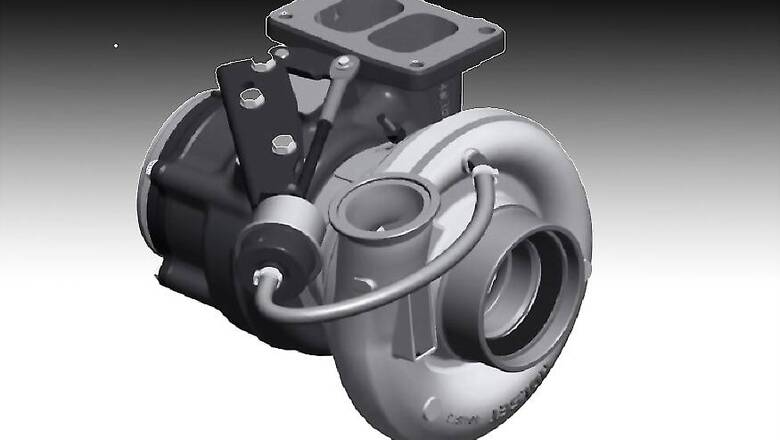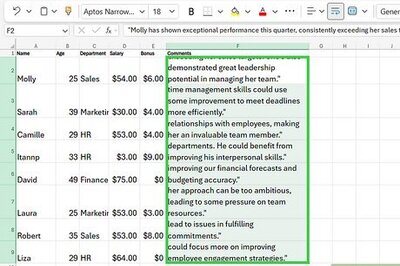
views
Despite the exciting-sounding name, there are more advantages to a turbocharged engine than just added power. Here's how it works.
When we look at the exhaust pipe on a moving car, we all know the fumes it emits are a mixture of waste air and fuel. But did you know that those fumes also contain a good amount of wasted energy in the form of heat and motion (kinetic energy)?
If not, don’t worry – Swiss engineer Alfred Büchi already did back at the start of the 20th century, making him think it would be a rather good idea to harness that otherwise lost energy to make a car go faster. In 1905, Büchi received a patent for using a compressor driven by exhaust gases to force air into an internal combustion engine to increase its power output – the very first turbocharger.
Car engines generate power by burning fuel in metal can-shaped components called cylinders. When fuel enters a cylinder it combines with air and burns to produce a small explosion that drives a piston out, turning the shafts and gears that make the car's wheels turn. As the piston comes back in, it pushes the waste air and fuel mixture out of the cylinder as exhaust.
To give a car’s engine more power, you could simply add more cylinders, enabling it to burn more fuel every second and (in theory) turn the shafts and gears faster. Or you can use a turbocharger to force more air into the cylinders it already has, creating more power from every explosion in order to achieve the same result.
How does it work?
A turbocharger consists of two main parts – a turbine and a compressor. As an engine burns fuel, the exhaust gasses it releases are forced down a snail shell-shaped tube at high pressure to spin the turbine. The turbine spins at very fast speeds of up to 250,000rpm and, because the two devices are linked, causes the compressor to spin too. The compressor pulls significantly more air into the cylinders than those in a naturally-aspirated engine, creating that extra power.
Because a turbocharger operates at incredible speeds and under huge pressure, it generates a lot of heat. To cool the hot air coming out of it, a turbocharger is usually paired with an intercooler, as well as an oil cooling system that prevents it from becoming too hot.
What are the advantages?
The creation of more power isn’t the only benefit of having a turbocharged engine – it can also generate the same amount of power as a naturally-aspirated engine but use less fuel in doing so. With consumers demanding greater efficiency and regulations demanding lower emissions, it’s no wonder smaller turbocharged powertrains are becoming the norm.
A turbocharger also provides an engine with more torque lower down the rev range, making them ideal for town and city driving scenarios such as pulling out at junctions. In addition, a turbocharger muffles the sound of an engine’s intake, making for a quieter car.
Also Watch: Kevin Flynn, President & MD, FCA India | Interview

















Comments
0 comment